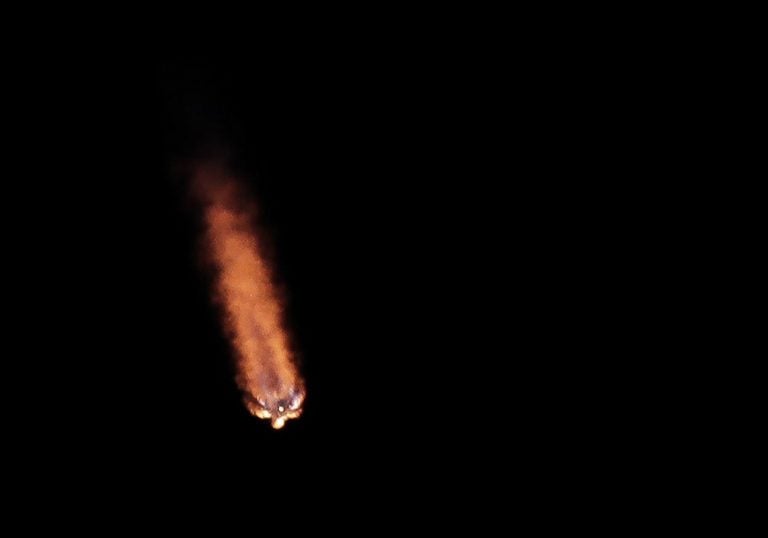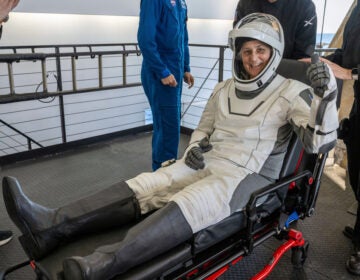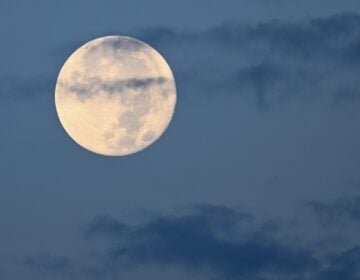New Constellation On the Block
Listen 07:04
A Falcon 9 SpaceX rocket, with a payload of 60 satellites for SpaceX’s Starlink broadband network, lifts off from space launch complex 40 at the Cape Canaveral Air Force Station in Cape Canaveral, Fla., Thursday, May 23, 2019. (AP Photo/John Raoux)
There is a new Constellation to see – and this one is artificial!
The first set of satellites dedicated to eventually providing extremely low-cost internet access all over the world were launched into orbit last week. The first 60 of a proposed 12,000 member ‘constellation’ were launched aboard a SpaceX rocket and successfully placed in orbit. Each satellite is just 500 lbs. and has one solar panel but the coverage will be worldwide.
While it might be seen as a boon providing everyone with internet access, it is adding 12,000 new satellites to the vast number of operating and defunct satellites now in orbit.
How will they look? Heavens-Above dot com gives instructions for how to see what’s being called a satellite train; the 60 sats are in a slowly dispersing line that can be seen from dark sky locations with the unaided eye. Currently the sats are at 277 miles altitude and orbit earth every 93 minutes.
The first spacewalks were conducted 54 years ago: First by Soviet cosmonaut Alexi Leonov, (who celebrated his 85th birth anniversary this week) on March 18, 1965 and then three months later by American astronaut Ed White on June 3, 1965. Leonov’s birthday was celebrated with a commemorative spacewalk by two cosmonauts, Oleg Kononenko and Alexi Ovchinin, aboard ISS just three days ago.
Their six-hour spacewalk included the installation of hand rails on the Russian segment of ISS, retrieval of experiments from the Poisk module’s hull and completion of other exterior maintenance. Leonov’s groundbreaking effort lasted just 12 minutes.
Can a dead star be reborn? Astronomers working at the University of Bonn in Germany have discovered an extremely rare find a very active star that seems to be the result of the collision of two white dwarf stars. Normally white dwarf stars just cool to darkness and obscurity. But these two seem to have had enough mass that their merger has generated enough heat and pressure to cause nuclear fusion to re-start in the combined core. Its fate? Only to eventually explode as a supernova when it finally runs out of energy – again.
WHYY is your source for fact-based, in-depth journalism and information. As a nonprofit organization, we rely on financial support from readers like you. Please give today.




